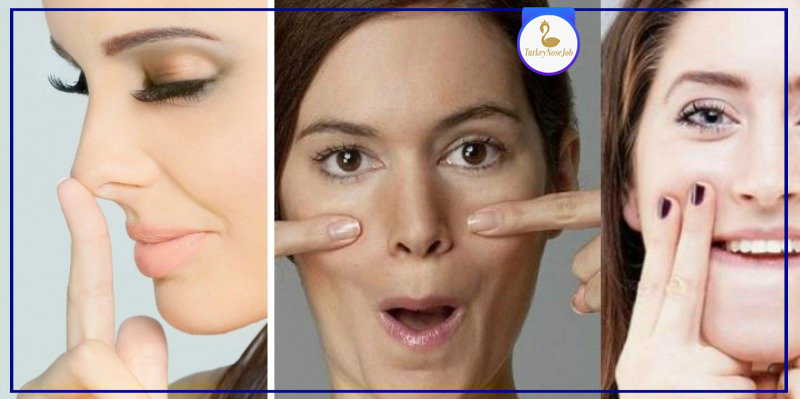Rhinoplasty surgery, commonly known as a nose job, is a popular cosmetic procedure aimed at enhancing the appearance of the nose. While rhinoplasty can lead to significant aesthetic improvements, it can also result in temporary discomfort and swelling. Nasal massage is a therapeutic technique that can offer several benefits in the postoperative period, aiding in the healing process and enhancing overall outcomes. This article explores the benefits of nasal massage following rhinoplasty surgery.
Benefits of Nasal Massage After Rhinoplasty:
- Reduction of Swelling: Nasal massage helps to stimulate lymphatic drainage and circulation, which can effectively reduce swelling and edema in the nasal region. By gently manipulating the tissues, excess fluid buildup is encouraged to disperse, promoting a faster resolution of postoperative swelling.
- Improved Healing: Massage techniques applied to the nasal area can enhance tissue oxygenation and nutrient delivery, facilitating the healing process. Increased blood flow to the surgical site promotes the removal of cellular waste and accelerates tissue repair, leading to quicker recovery and optimal healing outcomes.
- Alleviation of Discomfort: Following rhinoplasty surgery, patients may experience discomfort, tightness, or stiffness in the nasal region. Nasal massage can provide relief by releasing tension in the surrounding muscles and softening scar tissue. Gentle manipulation of the nasal structures promotes relaxation and alleviates postoperative discomfort.
- Prevention of Adhesions: Adhesions, or scar tissue formation, can occur internally within the nasal passages following rhinoplasty surgery. Nasal massage helps to prevent adhesions by maintaining tissue mobility and preventing the formation of excessive scar tissue. By gently mobilizing the nasal tissues, adhesions are less likely to develop, preserving nasal function and aesthetics.
- Enhancement of Nasal Symmetry: Nasal massage techniques can aid in achieving and maintaining optimal nasal symmetry after rhinoplasty surgery. By carefully manipulating the nasal tissues, surgeons can refine contours, correct asymmetries, and ensure harmonious nasal proportions. Regular nasal massage sessions contribute to the preservation of aesthetic results and the attainment of desired nasal aesthetics.
- Promotion of Relaxation and Well-being: In addition to its physical benefits, nasal massage promotes relaxation and overall well-being in patients undergoing rhinoplasty surgery. The gentle touch and rhythmic movements involved in massage induce a sense of calmness and reduce stress levels. Patients often report feeling more comfortable and emotionally balanced following nasal massage sessions, contributing to a positive surgical experience.
Conclusion: Nasal massage is a valuable adjunctive therapy in the postoperative management of rhinoplasty patients, offering a range of benefits that contribute to optimal healing and aesthetic outcomes. By reducing swelling, promoting tissue healing, alleviating discomfort, preventing adhesions, enhancing nasal symmetry, and promoting relaxation, nasal massage plays a significant role in the overall success of rhinoplasty surgery. Incorporating nasal massage into the postoperative care regimen can help patients achieve a smoother recovery and attain the desired results from their rhinoplasty procedure.
0 Comments